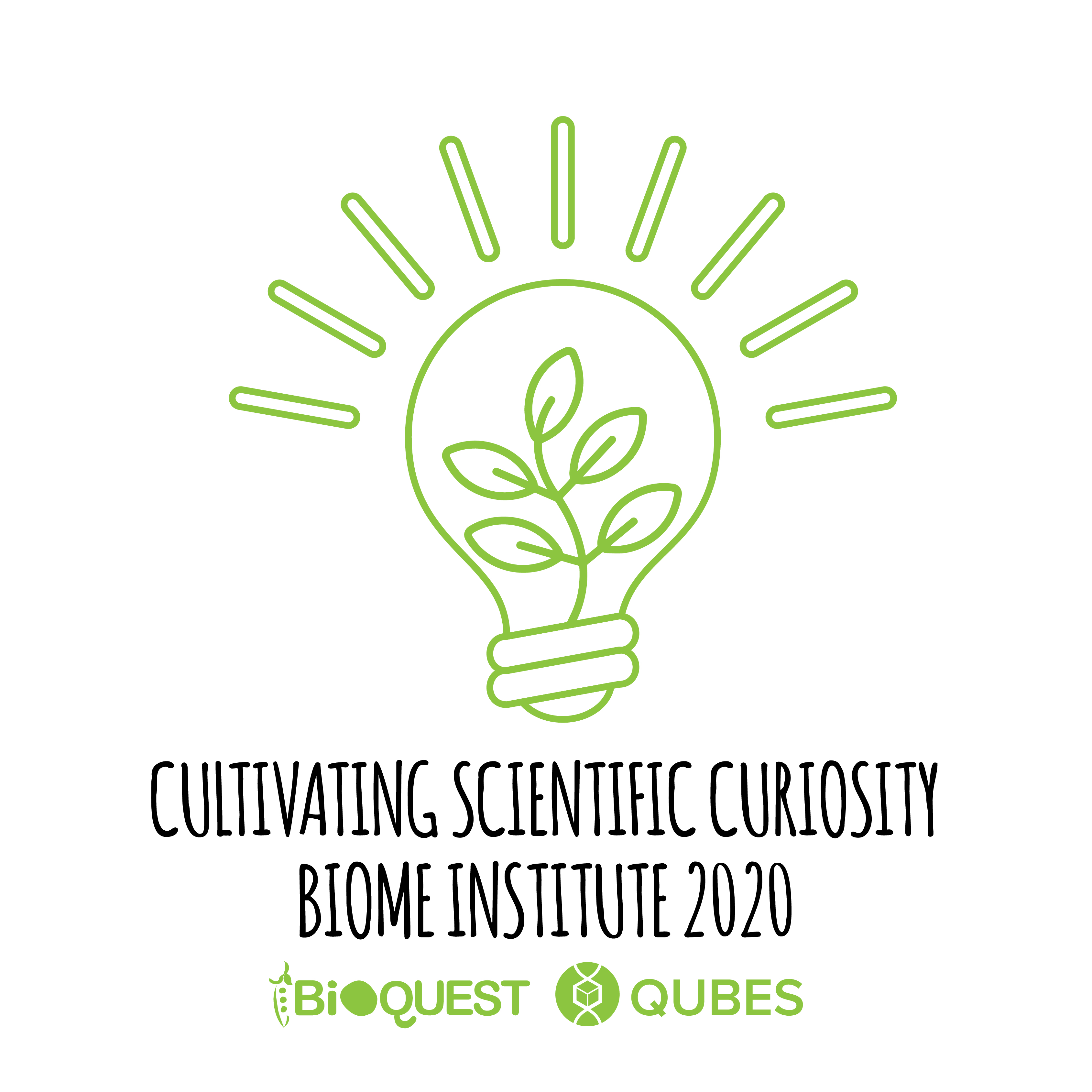Using genome browsers constructed by G-OnRamp to provide students with a Course-based Undergraduate Research Experience in genome annotation
Author(s): Wilson Leung1, Luke Sargent2, Yating Liu1, Nathan Mortimer3, David Lopatto4, Jeremy Goecks2, Sarah Elgin1
1. Washington University in St. Louis 2. Oregon Health & Science University 3. Illinois State University 4. Grinnell College
686 total view(s), 207 download(s)
PAG_2020_G-OnRamp_Poster_v2_2.pptx(PPTX | 6 MB)
- License terms
Description
Course-based Undergraduate Research Experiences (CUREs) based on genome annotation are beneficial to researchers, educators, and students alike. They provide researchers with high quality gene models and provide educators with an effective way to teach students about eukaryotic genes/genomes. Genome browsers provide visualizations that facilitate the synthesis of multiple types of experimental and computational evidence for constructing gene models. To reduce the technical expertise required to construct genome browsers, the Genomics Education Partnership (GEP) and the Galaxy Project (https://galaxyproject.org) have developed G-OnRamp (http://g-onramp.org), a web-based platform for constructing UCSC Assembly Hubs and JBrowse genome browsers with evidence tracks for sequence alignments, gene predictions, RNA-Seq data, and repeats identification. G-OnRamp also provides tools to create and manage Apollo instances for collaborative genome annotations. G-OnRamp has been used to create genome browsers for >20 species (http://g-onramp.org/genome-browsers), including those for a CURE that examined lipid synthesis pathway genes in four parasitoid wasp species. This CURE engaged more than 200 students from 15 diverse institutions. Results from an anonymous survey of G-OnRamp users showed that most respondents find G-OnRamp useful in their research and their teaching; some plan to use it to develop new CUREs. Version 1.1 of G-OnRamp added the capability to incorporate extrinsic evidence into the Augustus gene predictions, and improved compatibility with new versions of Apollo, JBrowse, and Galaxy. G-OnRamp can be deployed locally via a virtual appliance or on the Cloud (Amazon EC2) via CloudLaunch (http://g-onramp.org/deployments). Faculty interested in developing a CURE using G-OnRamp can contact us at http://gep.wustl.edu/contact_us.
This is a part of the Genomics Education Alliance Posters & Beyond materials for the BIOME Institute.
Cite this work
Researchers should cite this work as follows:
- Leung, W., Sargent, L., Liu, Y., Mortimer, N., Lopatto, D., Goecks, J., Elgin, S. (2020). Using genome browsers constructed by G-OnRamp to provide students with a Course-based Undergraduate Research Experience in genome annotation. Cultivating Scientific Curiosity, QUBES Educational Resources. doi:10.25334/A57B-W632
